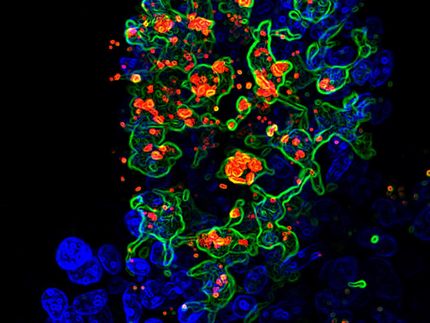FDA has approved Zealand Pharma's Investigative New Drug application (IND) for ZP1848 to be administered in humans
ZP1848 is developed for the prevention and treatment of Crohn's Disease.
Advertisement
Zealand Pharma advances ZP1848, a Glucagon-Like Peptide-2 (GLP-2) agonist, into Phase I clinical trials. ZP1848, a peptide which incorporates Zealand's proprietary SIP® technology is developed as a therapy for the prevention and treatment of Crohn's disease.
The Phase I study is a double-blind, placebo-controlled, randomized, ascending subcutaneous single dose in healthy volunteers followed by multiple dosing in Crohn's Disease patients. The study will be conducted in the United States.
Glucagon-like Peptide-2 (GLP-2) is a naturally occurring peptide hormone, secreted by the small intestine. GLP-2 binds to and acts exclusively via the GLP-2 receptor, expressed primarily in the gastrointestinal tract. GLP-2 has been shown to have numerous beneficial effects in the small intestine. These include stimulation of the growth of the small intestinal lining, enhancement of nutrient digestion and absorption, and reinforcement of the intestinal barrier function. Moreover, GLP-2 has been shown to decrease inflammation, and to enhance animal survival in a broad range of preclinical models of gut injury including, models of Inflammatory Bowel Disease.
ZP1848 is expected to induce and maintain remission by enhancing the regeneration and healing of the small intestinal lining after an inflammatory episode in Crohn's Disease. ZP1848 has been tested in an extensive preclinical toxicology and safety pharmacology program. In December 2008 an IND was submitted to and approved by the FDA. Zealand Pharma is currently running a Phase I trial to assess the safety and tolerability of ZP1848 in healthy volunteers and Crohn's Disease patients. Future plans include the testing of ZP1848 in ulcerative colitis.























































